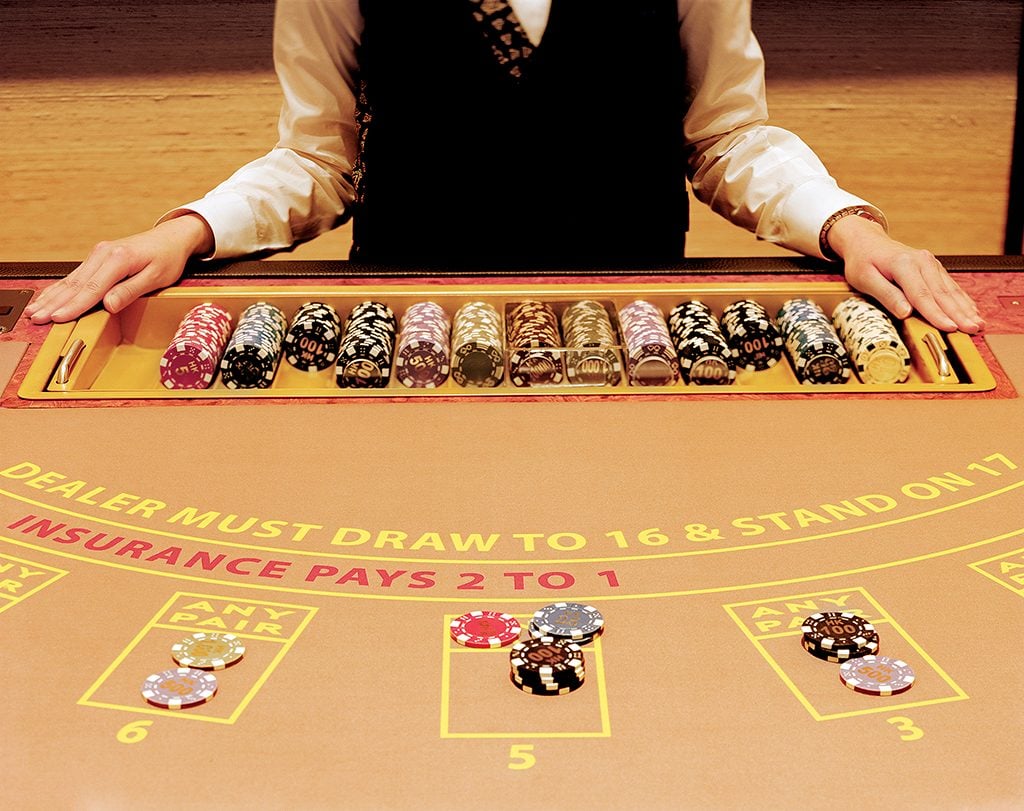
Casino games have long captivated human interest, drawing participants into a world filled with fortune, planning, and the allure of adventure. Each game is meticulously crafted not just for enjoyment, but also to inspire specific emotional responses that keep participants involved and interested. Understanding the reasons behind these designs reveals much about how behavioral psychology plays a key role in the gaming experience.
From the bright lights and lively sounds to the intricate layering of systems and incentives, casino games are designed to create an atmosphere of thrill and anticipation. Game designers leverage behavioral strategies to influence participant behavior, whether through the use of winning opportunities, almost wins, or community engagement. By examining these aspects, we can better appreciate how casino games fulfill not just a need for entertainment, but deeper psychological needs for excitement and hazard.
Grasping Player Actions
Casino games are designed with a thorough comprehension of player psyche, which is vital for drawing in and holding players. The excitement of the game, combined with the hope of winning, creates a strong draw. Game designers make use of elements like sound effects, vibrant graphics, and captivating gameplay to engage attention and elicit emotional responses. These sensory experiences enhance the immersive experience, making players feel more attached in the game.
Another significant aspect of player behavior is the notion of risk and reward. Casino games often balance risky situations with the potential for significant rewards, which can lead to the event known as near-miss experience. When players come within reach to winning, the brain releases dopamine, strengthening their behavior and encouraging them to keep playing in quest of that fleeting win. This cycle of hope and frustration plays a key role in how games are designed and advertised.
Lastly, social factors also play a central role in player behavior at casinos. Many games are made to be played in teams or alongside other players, fostering a sense of belonging and collective experience. casino en ligne The social interaction inherent in games like baccarat enhances enjoyment and can culminate in prolonged gaming periods. Designers leverage on this by crafting environments that encourage players to remain, connect, and revisit, making the overall casino experience more attractive.
The Role of Imagery and Sound
Visuals and sound play a vital role in enhancing the player’s experience within gambling games. Designers utilize vibrant colors, eye-catching graphics, and captivating animations to capture players’ attention and sustain their focus. The use of themes, such as exploration or opulence, helps create an enthralling atmosphere that transports players into another world. By connecting to the senses, these elements add to a heightened emotional response, encouraging players to interact more deeply with the games.
Sound design is equally important in enhancing the experience of gambling games. The mix of background music, sound effects for winning combinations, and environmental noises creates an sound landscape that keeps players fascinated. Audio cues associated with victories, such as ringing bells or festive music, evoke feelings of thrill and reward, encouraging players to keep playing. These sound cues are carefully placed to enhance the thrill of the game and create a more engaging experience.
Additionally, the synchronization of visuals and sound is essential for supporting the game’s overall theme and mood. Each element should coordinate seamlessly to create a unified experience that draws players in. The effective use of this synergy not only improves user satisfaction but also increases the likelihood of return play, as players become more invested in the immersive world that the gambling games offer. This thoughtful combination of visuals and audio ultimately enhances player engagement and loyalty.
Reward Structures and Engagement
The design of gambling experiences heavily depends on incentive systems to ensure players engaged and returning for more. These structures are based in psychological principles that take advantage of human nature and desire. Participants are often motivated by the thrill of winning, which is supported by immediate responses through the game structure’s design. This instant gratification not just improves the overall experience but also fosters a sense of success, encouraging participants to continue participating in hopes of greater rewards.
Gaming establishments implement various reward structures, including jackpots, bonuses, and increased rewards, to engage players. These elements create a layer of thrill that sustains interest. Additionally, the randomness of results plays a significant role in keeping interest. The intermittent reinforcement schedule, where successes are unpredictable but happen often enough, maintains players on edge and driven to keep playing. This loop of anticipation and anticipation is foundational to the effectiveness of gambling experiences.
In addition, community aspects, such as tournaments and multiplayer features, enhance the participation factor by tapping into the competitive nature of participants. The shared experience of playing with fellow participants can intensify the excitement of success and create a community atmosphere within the gaming space. By combining these community elements with effective reward systems, gambling experiences not only offer entertainment but also foster a deeper connection among players, solidifying their commitment to the overall experience.